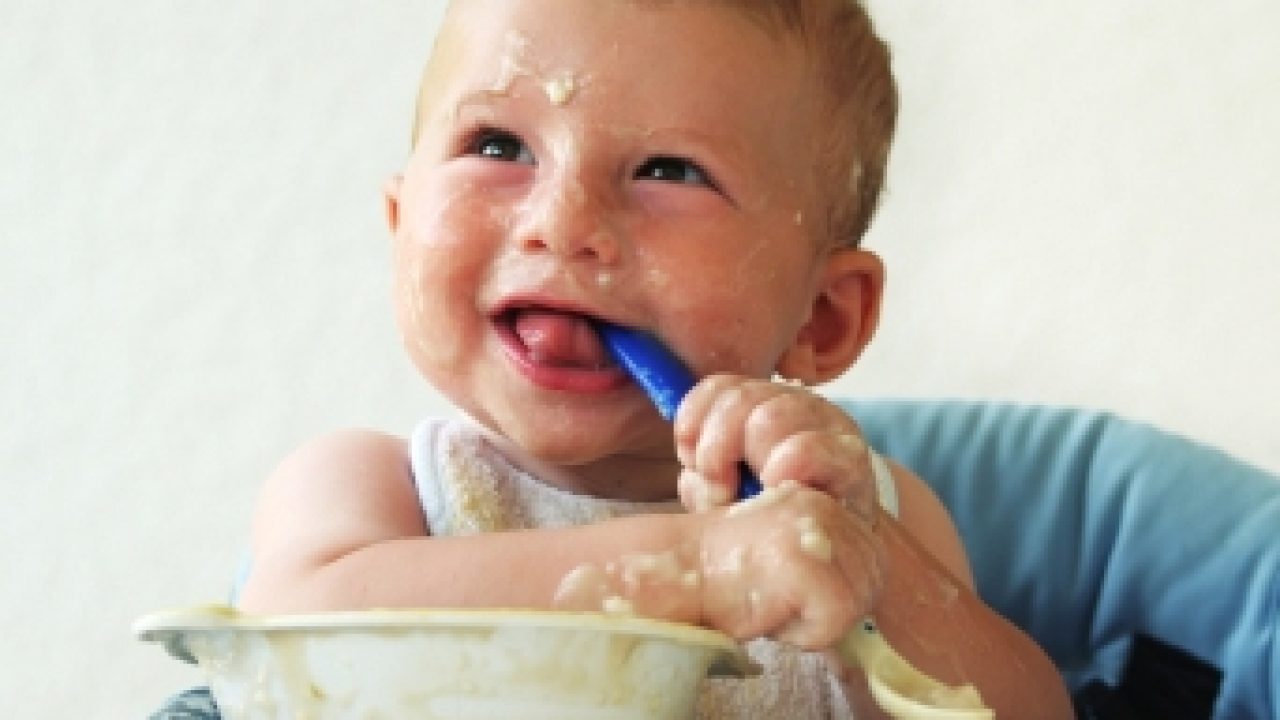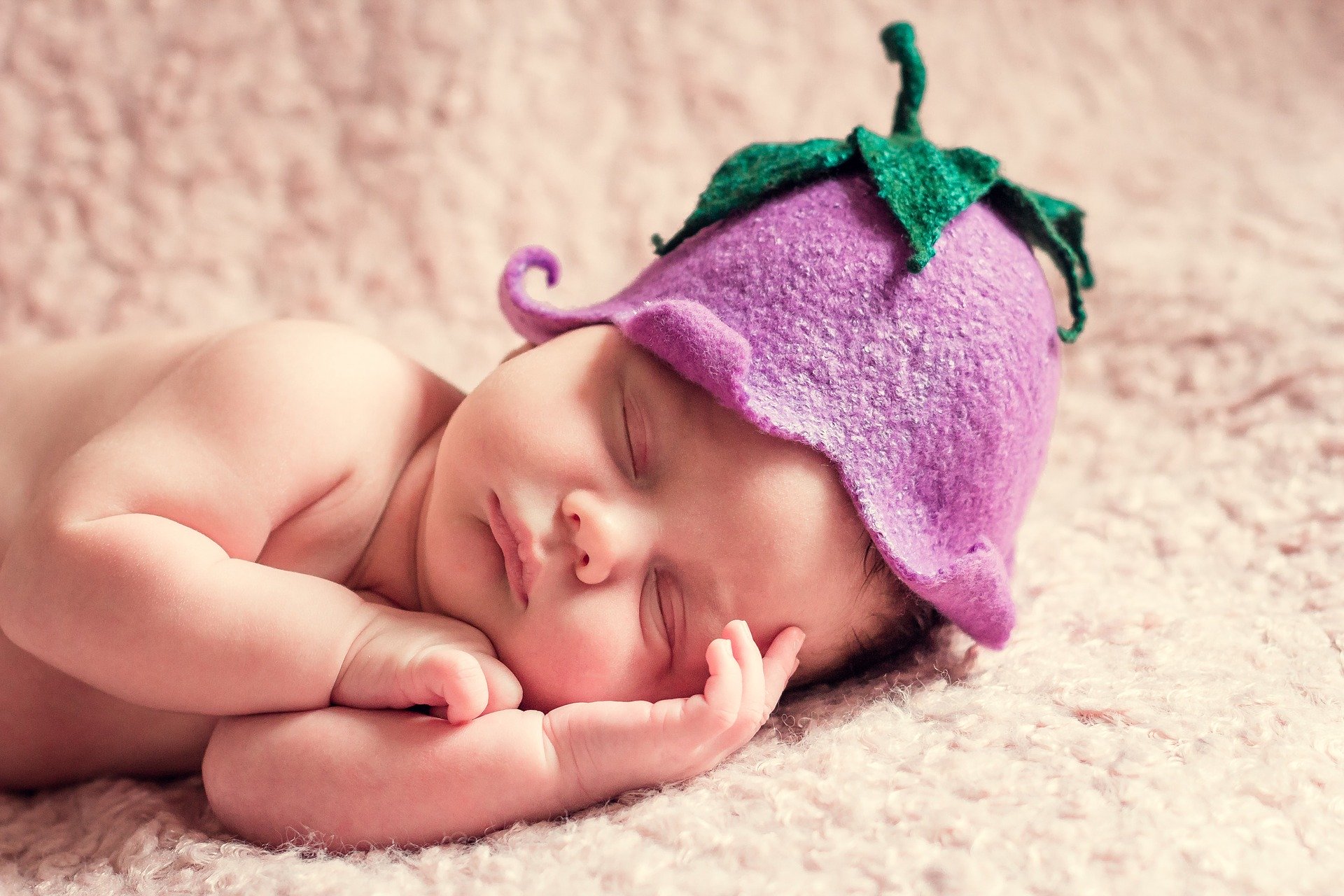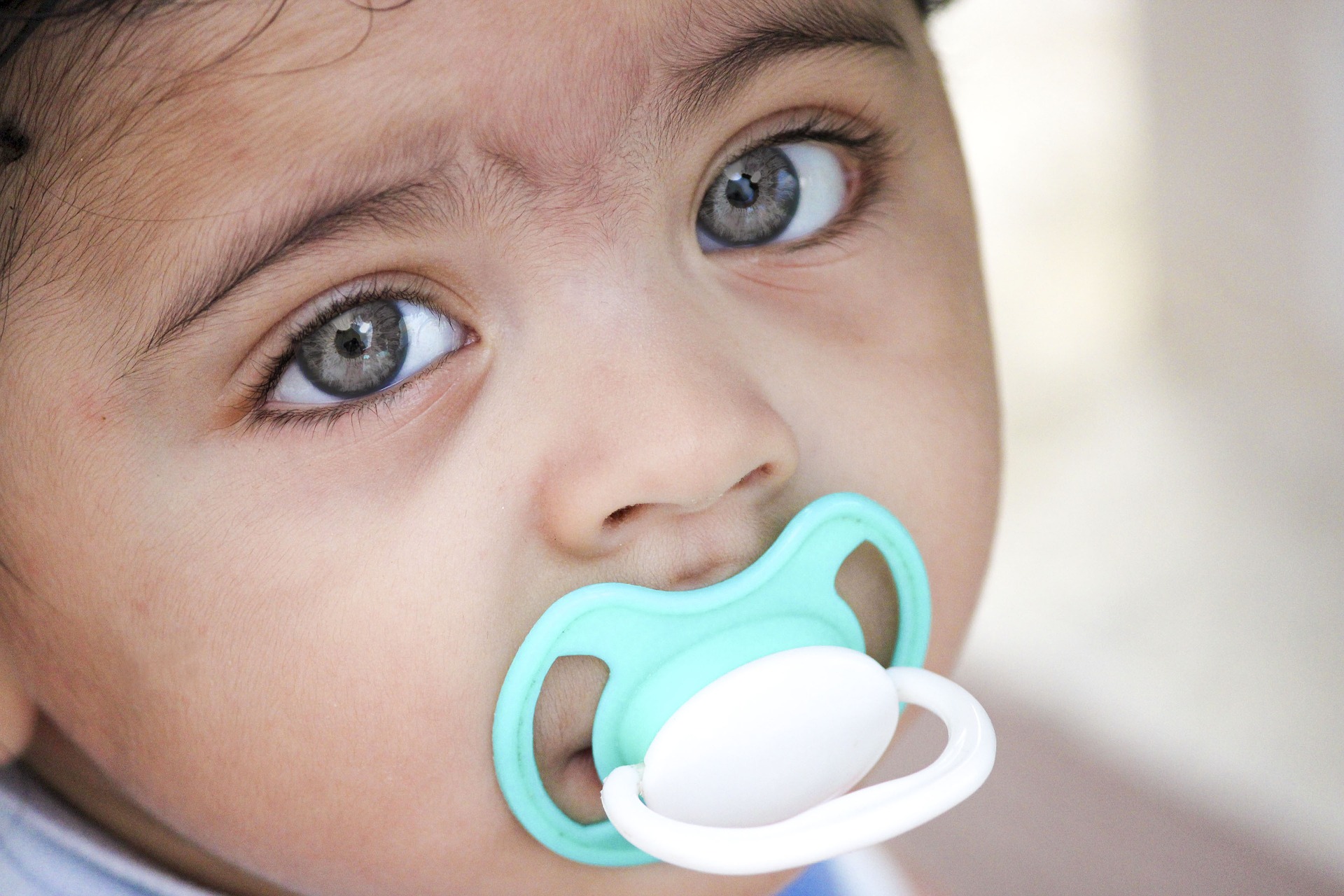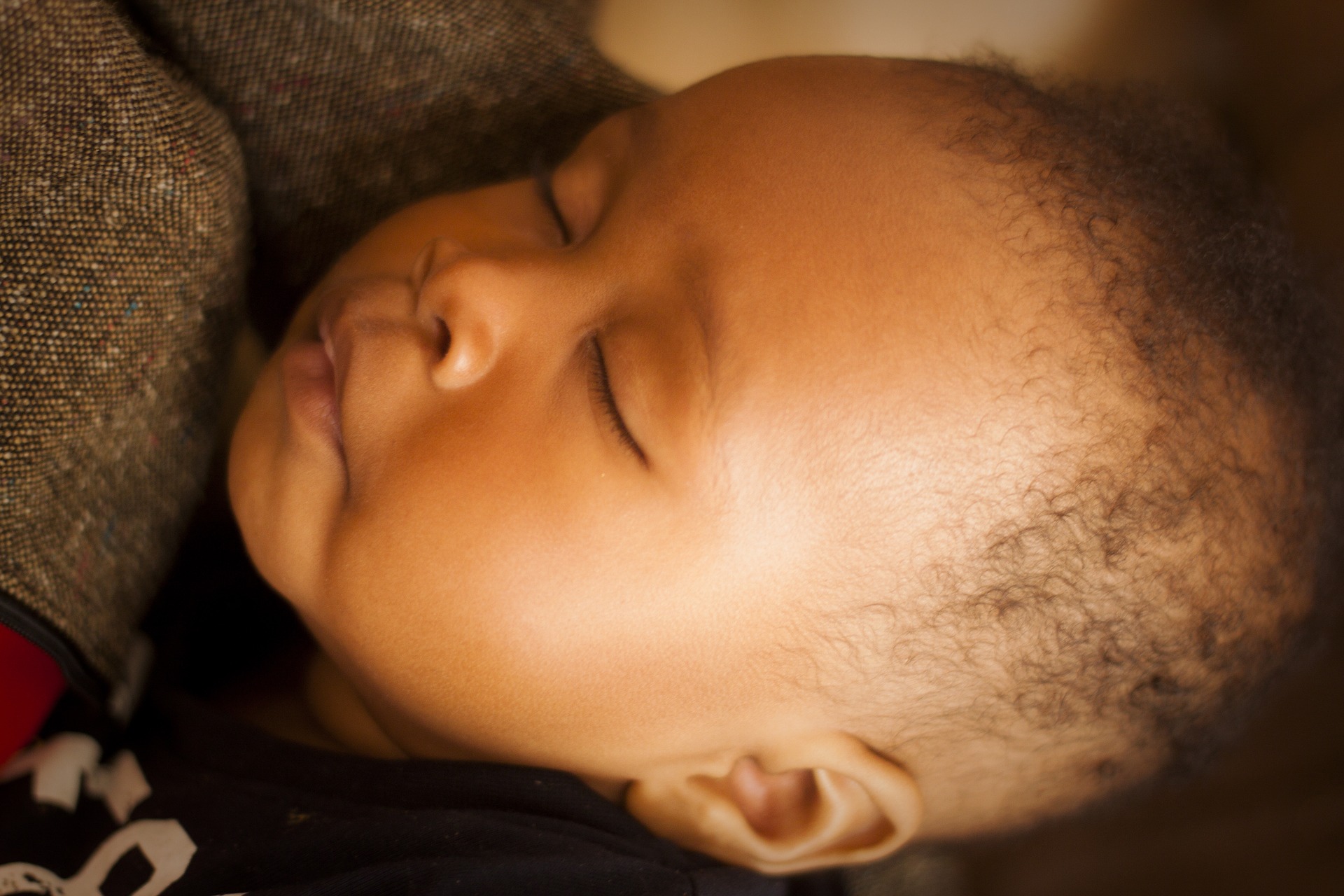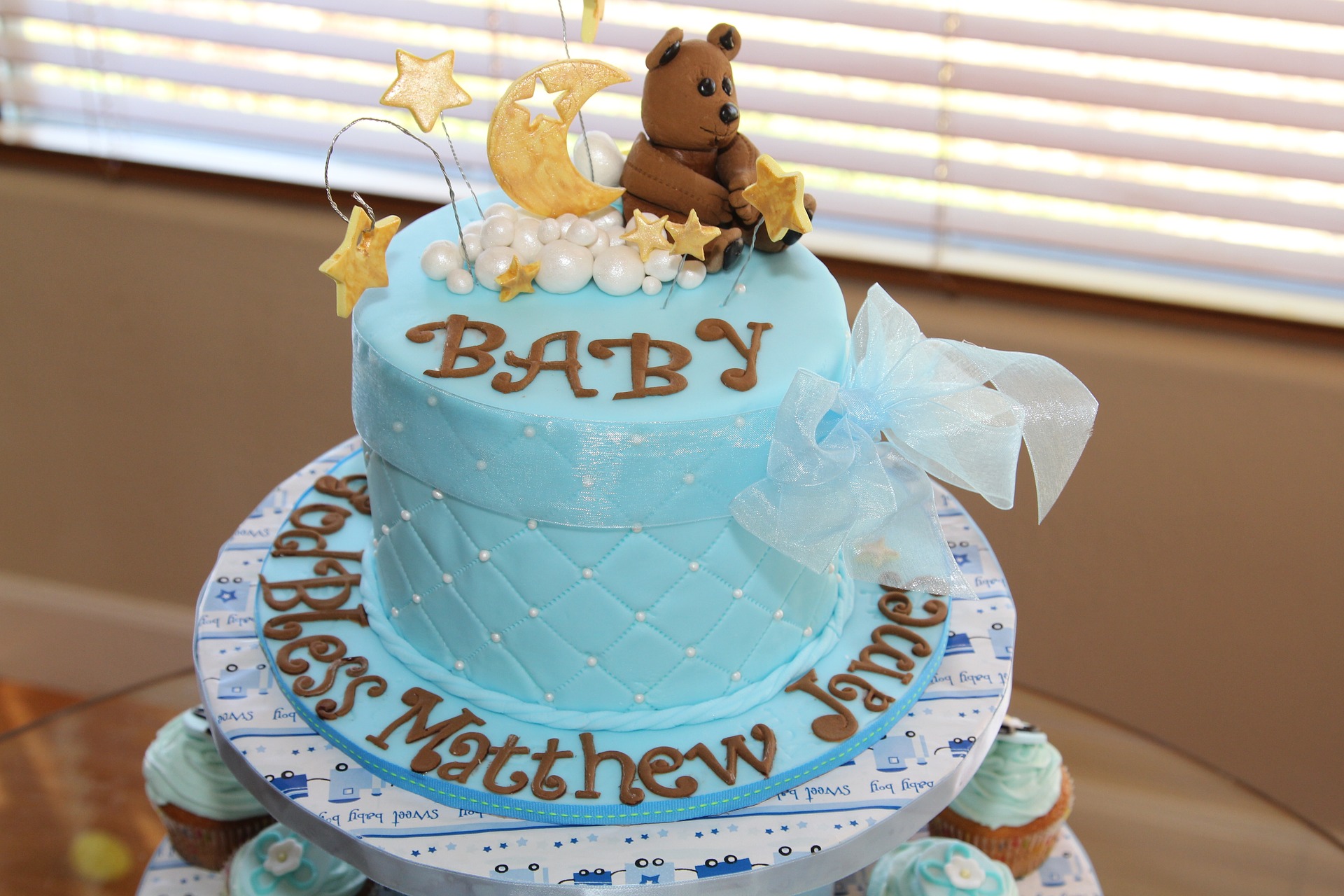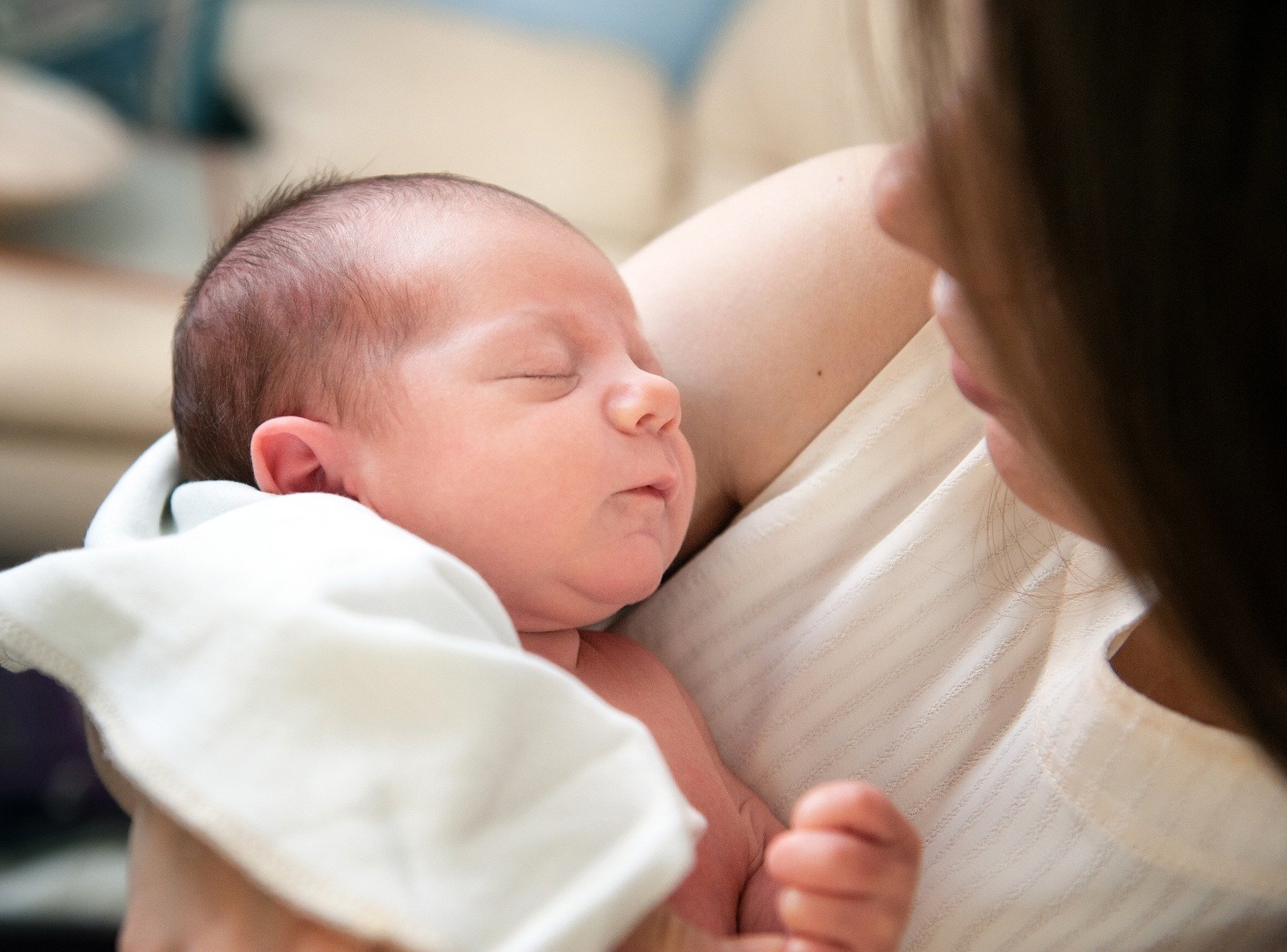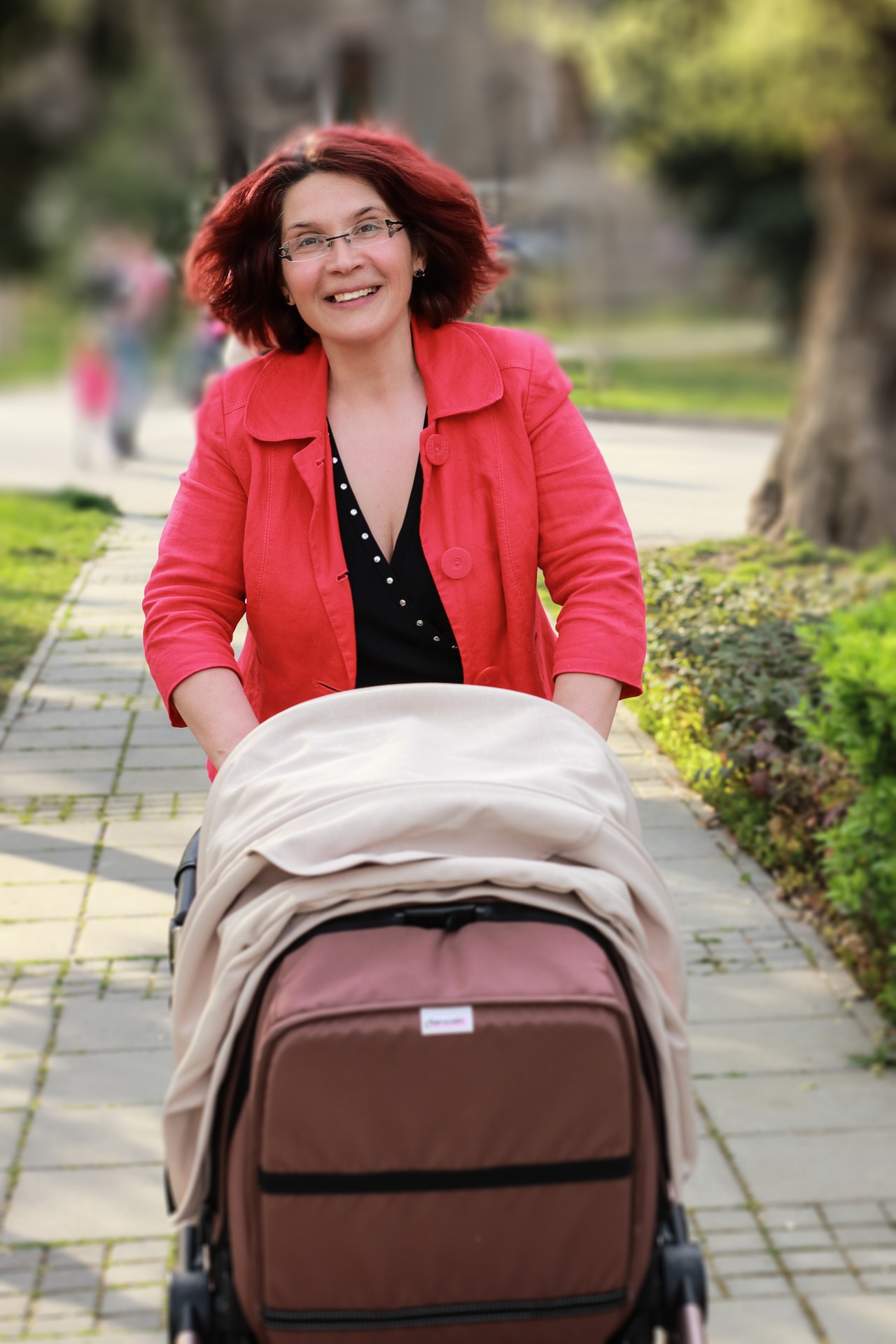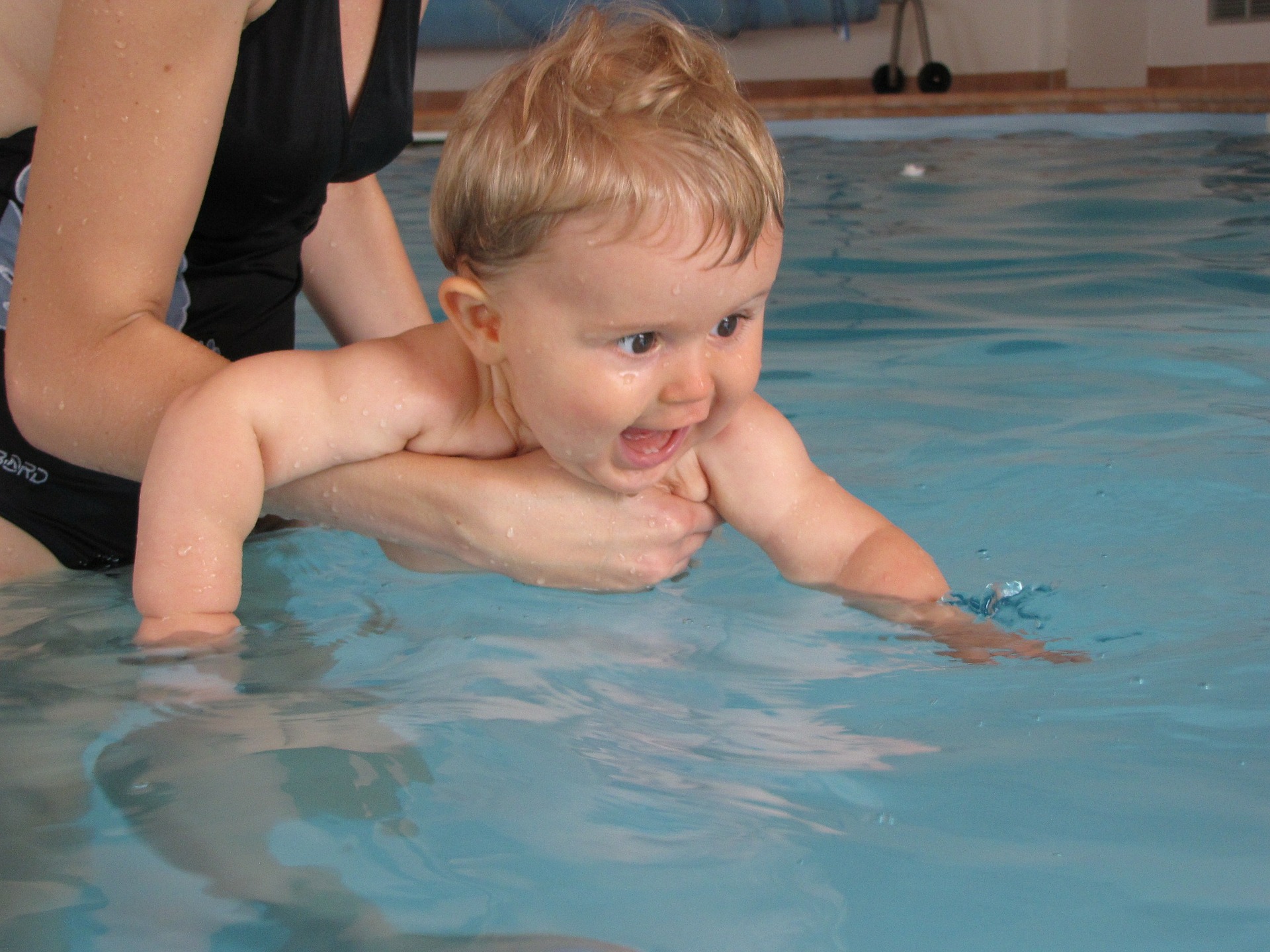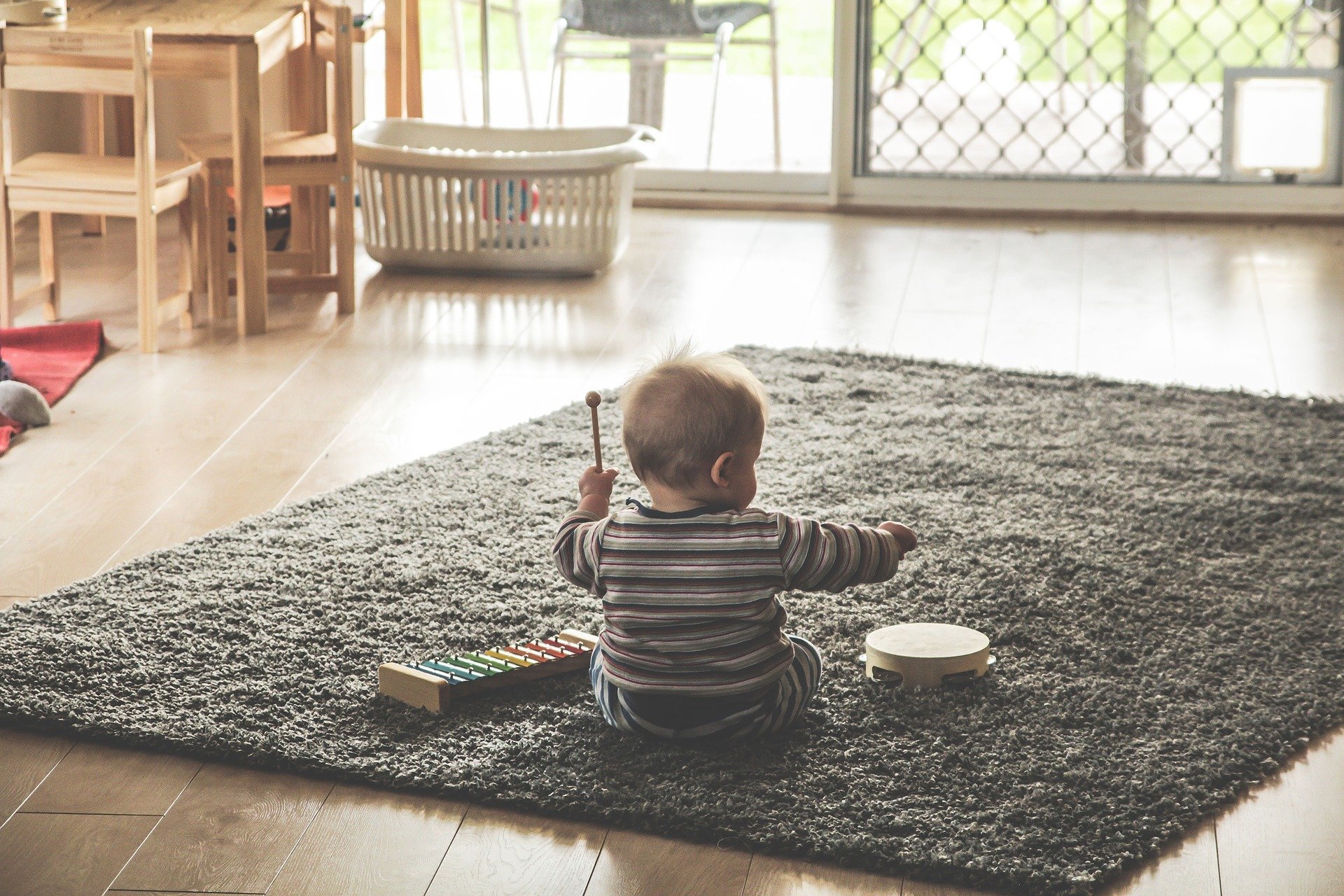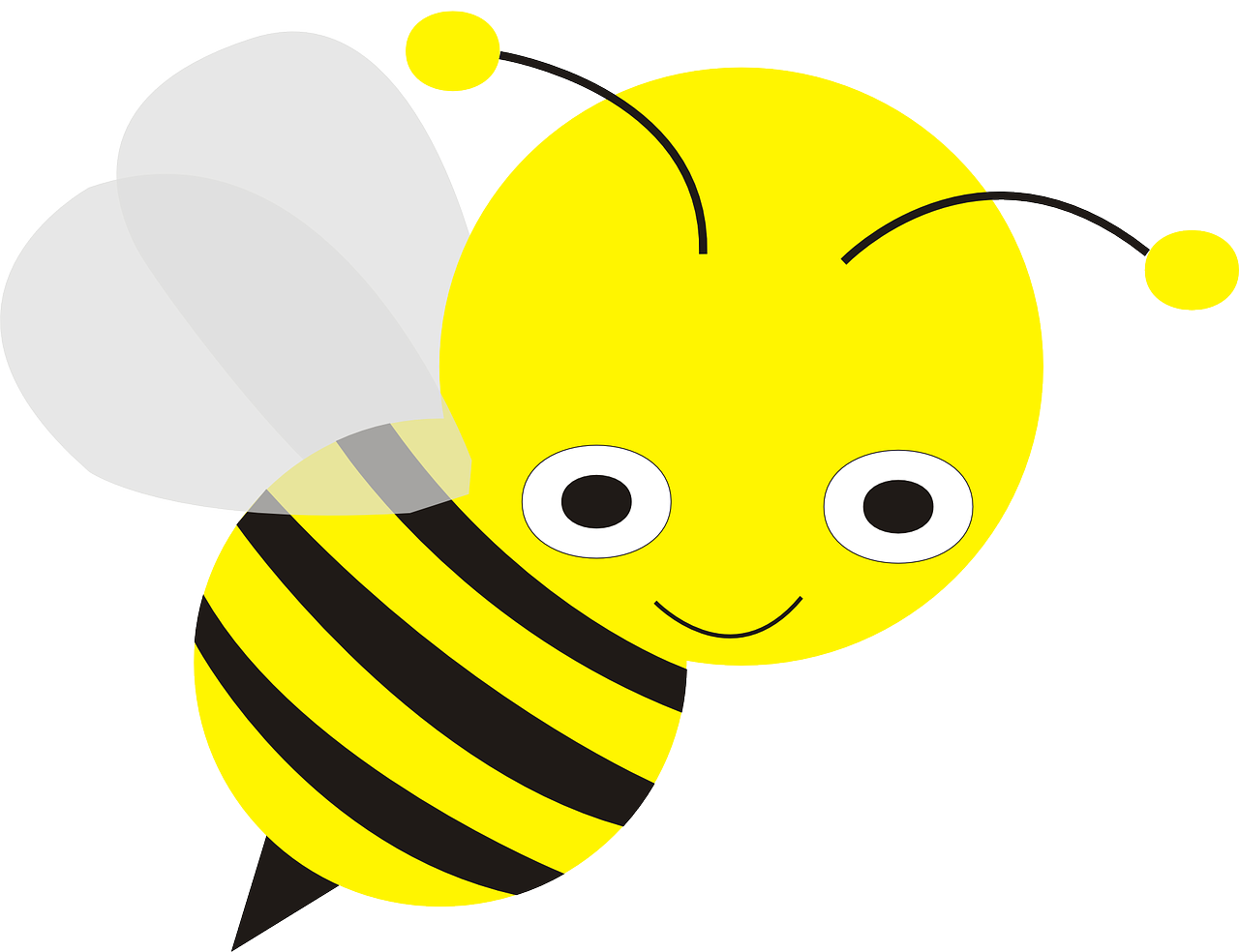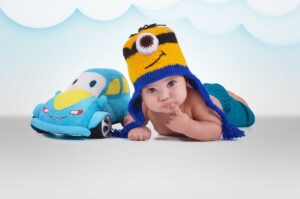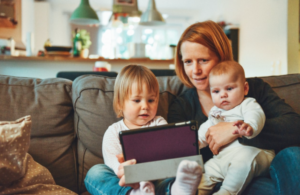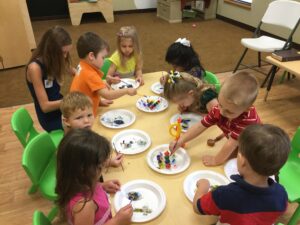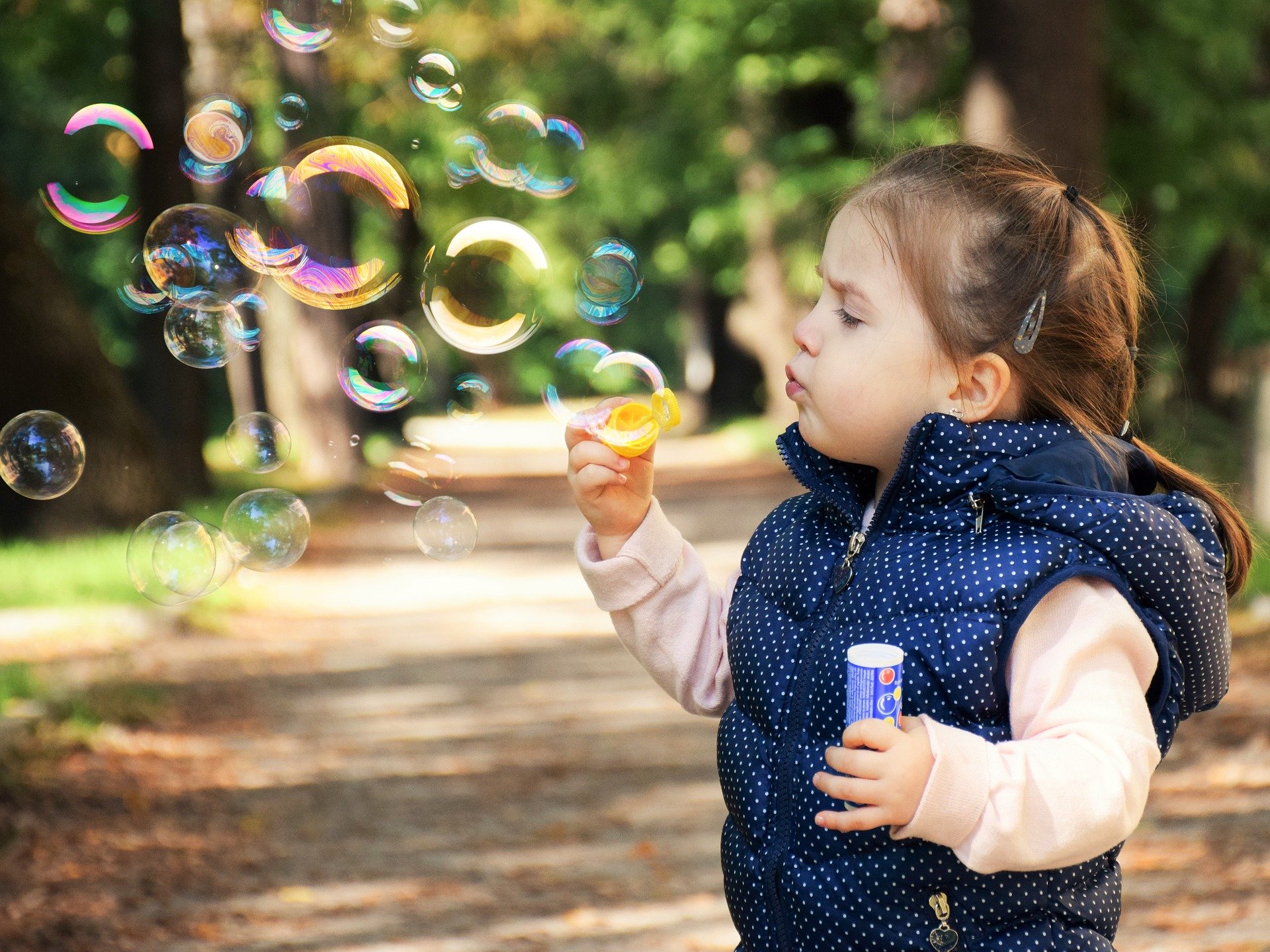
Toddlers are a different species of human, as far as I’m concerned. With power struggles, tantrums, big feelings, and a lack of language; things can get pretty scary, pretty quickly.
That is why you need to find a babysitter that will keep your little soldier in line, lovingly of course. Read on to learn how you can choose a sitter that will not only keep your little love safe but also help them to become kind and respectful human being.
1. Look for Training for Early Childhood
You definitely want someone who understands your child’s age and stage. Toddlerhood can be tough and it’s easy to lose patience-especially when things start to escalate. When the watcher of your child truly understands what their little body and mind is going through, they can effectively apply tactics and other learned strategies to help them work through power struggles and tantrums.
2. Find Someone Who Oozes Creativity
You don’t want someone to sit for your child that just sits them in front of the television. It’s important that your toddler is kept busy, engaged, and provided with lots of creative play and art activities. A great interview question that tests the creative level of applicants could be, “Describe how a day would run when you are watching my child.”
3. Hire a Fan of the Outdoors
Most childcare facilities take all children outdoors every day, provided it’s not freezing in temperature. A little rain, flurry, or coldness should not stop a sitter from getting your active youngster outdoors. Be sure to inquire about their lifestyle (are they active or do they tend to be more dormant in winter) so you know if they are eager and willing to get your toddler up and moving outdoors-no matter what!
4. Look for a Helper, Not a Doer
What I mean by this is hire a sitter that encourages toddler independence. Often times, caregivers do so much for the child, it renders them helpless and makes them more dependent on parents. Toddler years are crucial for setting the tone for academic, social, and behavioral success. Find someone that will assist your toddler with getting dressed, rather than doing it for them. Same goes with teeth brushing, bottom wiping, washing hands, and cleaning up toys.
5. Find Someone that Will Transport Your Child to Play Groups
Whether it is gym time, art class, playgroup at the park, or swim lessons; it’s important to find a caregiver that is ready and willing to transport your child to social gatherings. They should have their own set of wheels, be insured, and should be open and honest about their driving record. You should provide them with a car seat or booster, and keep their travels close to home.
6. Consider Certifications
I know that I won’t leave my son with anyone that isn’t certified in CPR or First Aid. Emergencies and situations pop up all the time and your caregiver should not only be level-headed, but in the know when it comes to choking, sickness, and other accidents that could occur.
7. Observe Child Caretaker Interactions
The best test to see if your caregiver is compatible with your child is to observe the two in action. Set up a playdate prior to hire to see how they handle your child’s quirks and requests. You can also use the playdate as a time to have a chat with your little one to see how they feel about their new “friend.” After all, your child has to feel comfortable with whomever you leave them with.
8. Keep Cost in Mind
Cost is important. I know several couples that have nearly gone broke each month after shelling out payment to their nanny. Be realistic and set a budget. You know what you can and cannot afford. Often
times, if the sitter is truly interested in working with your family, they will tend to budget a little bit. On average, a qualified sitter earns $13-$15 an hour, based on age, location, and qualifications.
9. Find Someone Who is Understanding of Rules
Establish rooms that can be entered and ones that cannot. Decide if they should be the only ones in your home. Be firm with hours worked, and be sure to explain how you would like a day to run in your home. Can they make phone calls? Can they watch television? Can they help themselves to snacks? All of these things need to be discussed!
10. Express Importance of Honesty
I can’t tell you how many times I’ve heard of sitters telling families that everything was “fine” when in fact, the child threw dozens of tantrums, hit and kicked the sitter, and went as far as to ride their tricycle down the sidewalk in order to outrun them (according to a by standing neighbor). Often times, sitters want to keep their job, so they tend to fluff a child’s behavior or sugar coat a bad day. Find someone that is ok with speaking to you honestly and openly about your child, their progress, and behavior.
Finding the right sitter for a toddler can be a tough task, but it can be done. Keep these 10 characteristics and qualities in mind before you make a hire!
Source: Bitsy Bug Boutique
